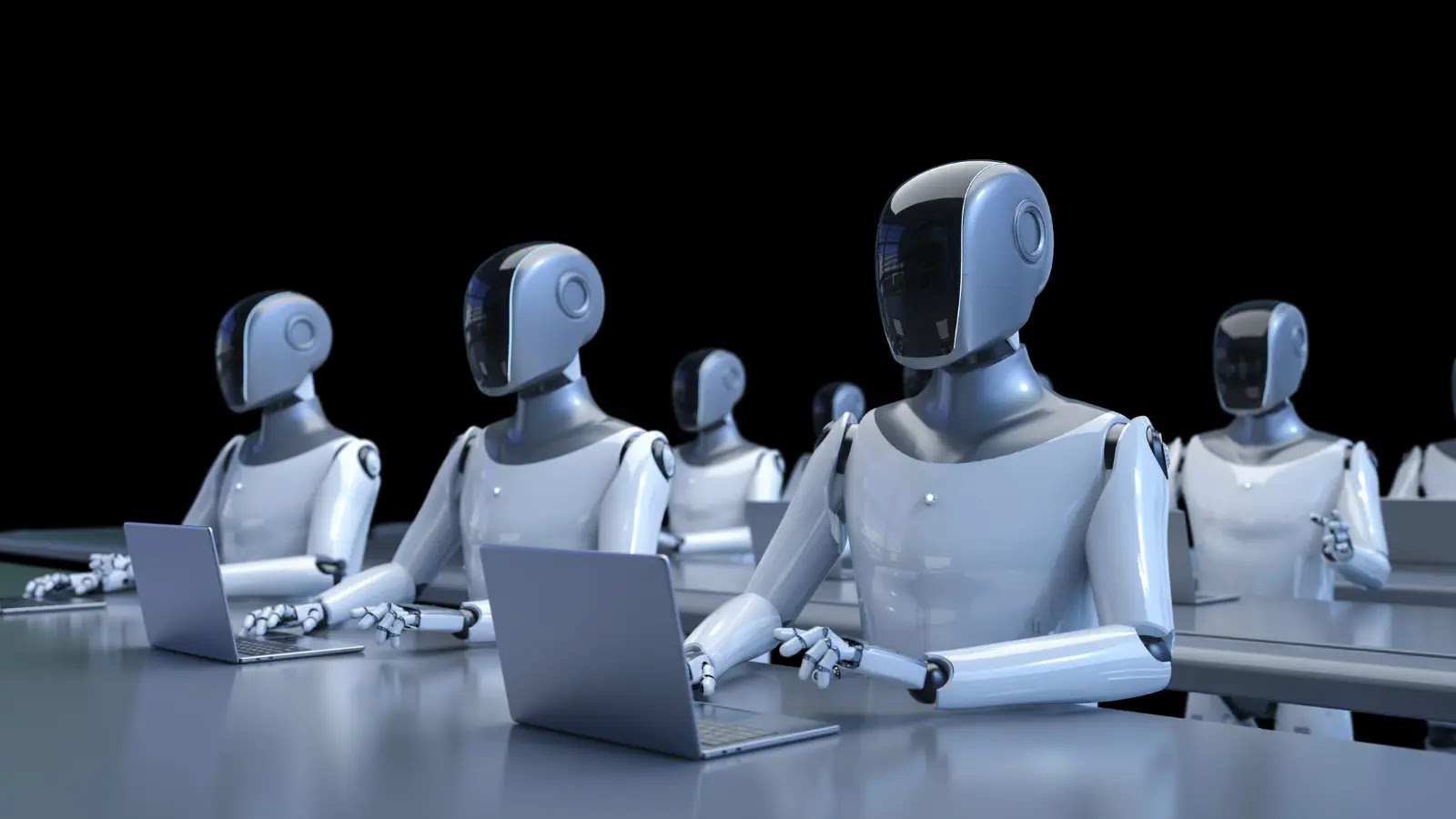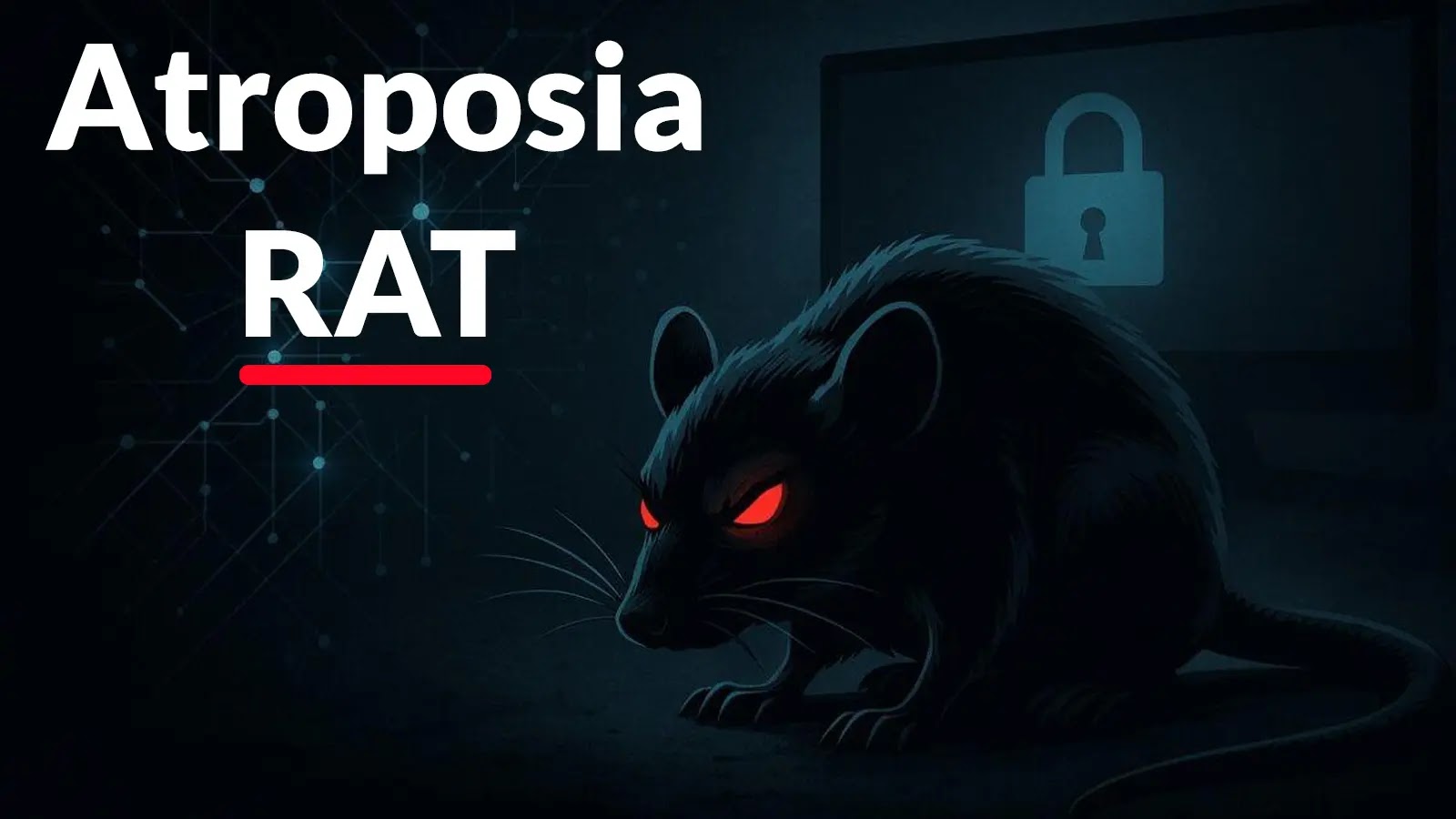In the rapidly evolving digital landscape, Chief Information Security Officers (CISOs) are increasingly turning to advanced technologies such as Artificial Intelligence (AI), automation, and Zero Trust architectures to fortify their organizations against sophisticated cyber threats. The traditional security frameworks, once deemed sufficient, are now being outpaced by the complexity and frequency of modern cyberattacks, necessitating a paradigm shift in cybersecurity strategies.
The Imperative for Modern Security Transformation
The acceleration of hybrid work environments and extensive cloud adoption has expanded the attack surface for organizations, rendering conventional perimeter-based defenses inadequate. Cyber adversaries are leveraging AI to orchestrate more sophisticated attacks, including AI-generated phishing campaigns and deepfake-enhanced fraud, which are increasingly difficult to detect and mitigate. A report by TechRadar highlights that 78% of cybersecurity professionals view AI-powered threats as having a significant impact on their organizations, underscoring the urgency for advanced defensive measures. ([techradar.com](https://www.techradar.com/pro/security/ai-powered-cyber-threats-are-becoming-the-biggest-worry-for-businesses-everywhere?utm_source=openai))
Integrating AI and Automation in Cybersecurity
To address these challenges, organizations are integrating AI and automation into their cybersecurity frameworks. AI-driven threat intelligence systems can analyze vast amounts of data to identify anomalies and potential threats in real-time, significantly reducing the window of opportunity for attackers. Automated incident response mechanisms enable swift containment and remediation of security incidents, minimizing potential damage. According to a report by Global Security Mag, companies utilizing AI and automation in their cybersecurity strategies have experienced a 31% reduction in data breach costs, highlighting the efficacy of these technologies in enhancing security postures. ([globalsecuritymag.com](https://www.globalsecuritymag.com/nearly-50-of-companies-to-rely-on-ai-for-cyber-attack-prevention-in-2025.html?utm_source=openai))
Adopting Zero Trust Architectures
In parallel, the adoption of Zero Trust architectures is gaining momentum. This security model operates on the principle of never trust, always verify, requiring continuous authentication and authorization of all users and devices, regardless of their location. By implementing Zero Trust, organizations can limit lateral movement within their networks, thereby reducing the potential impact of a security breach. The integration of Zero Trust with AI and automation creates a robust, adaptive security framework capable of responding to the dynamic threat landscape.
Addressing the Cybersecurity Workforce Gap
The cybersecurity industry is also grappling with a significant workforce shortage, with a reported gap of 4.7 million skilled professionals as of 2024. This shortage exacerbates the challenges organizations face in defending against cyber threats. In response, many companies are turning to AI and automation to augment their security operations, enabling them to do more with fewer resources. The IEEE Impact of Technology in 2025 survey indicates that 48% of respondents plan to use AI to detect and prevent cyberattacks, reflecting a growing reliance on technology to bridge the skills gap. ([globalsecuritymag.com](https://www.globalsecuritymag.com/nearly-50-of-companies-to-rely-on-ai-for-cyber-attack-prevention-in-2025.html?utm_source=openai))
Balancing Innovation with Security
While the adoption of AI and automation offers significant advantages, it also introduces new challenges. The rapid deployment of generative AI tools, for instance, has raised concerns about shadow IT and the potential for unauthorized use of these technologies within organizations. A report by VentureBeat reveals that 73% of IT leaders view unvetted generative AI tools as a business threat, yet 57% acknowledge their prevalence within their organizations. This underscores the need for robust governance and oversight to ensure that the adoption of new technologies does not inadvertently introduce additional risks. ([venturebeat.com](https://venturebeat.com/ai/generative-ais-enterprise-gamble-it-leaders-bet-big-on-tech-despite-security-woes/?utm_source=openai))
The Evolving Role of CISOs
The role of CISOs is evolving in response to these developments. Beyond their traditional focus on technical oversight, CISOs are now tasked with strategic leadership, balancing risk management with the imperative for innovation. This involves fostering a culture of security awareness, promoting cross-functional collaboration, and ensuring that security measures align with business objectives. By championing the integration of AI, automation, and Zero Trust principles, CISOs can position their organizations to proactively address the challenges of the modern cyber threat landscape.
Conclusion
As cyber threats continue to evolve in sophistication and scale, the integration of AI, automation, and Zero Trust architectures into cybersecurity strategies is becoming increasingly critical. These technologies offer the scalability, accuracy, and adaptability necessary to preempt and mitigate modern cyber threats. By embracing these advanced defenses, CISOs can enhance their organizations’ resilience, protect sensitive data, and support sustainable business growth in an increasingly digital world.



